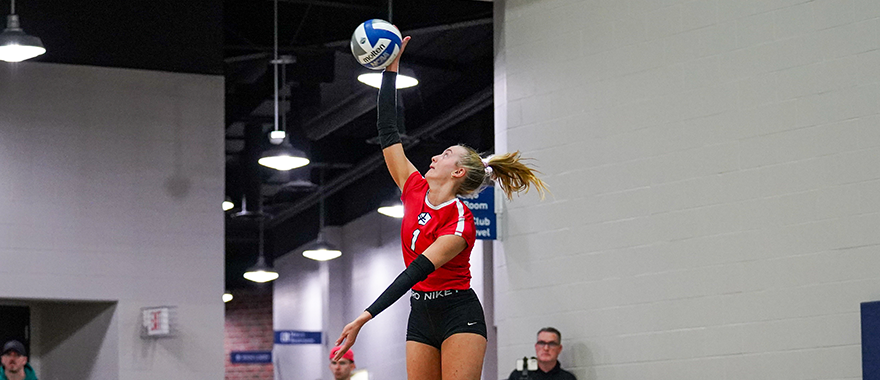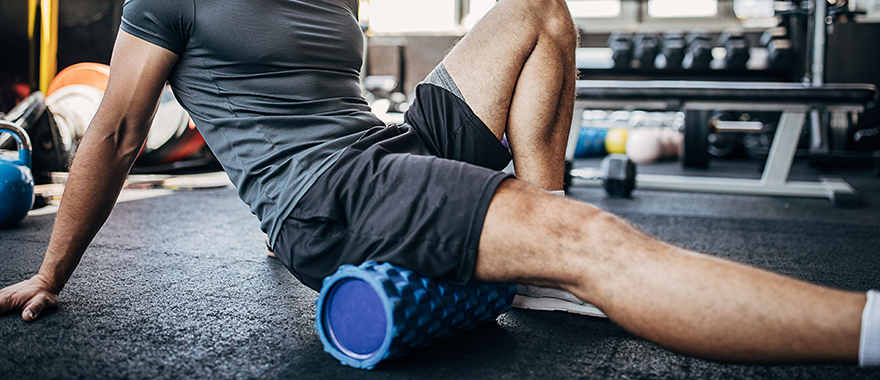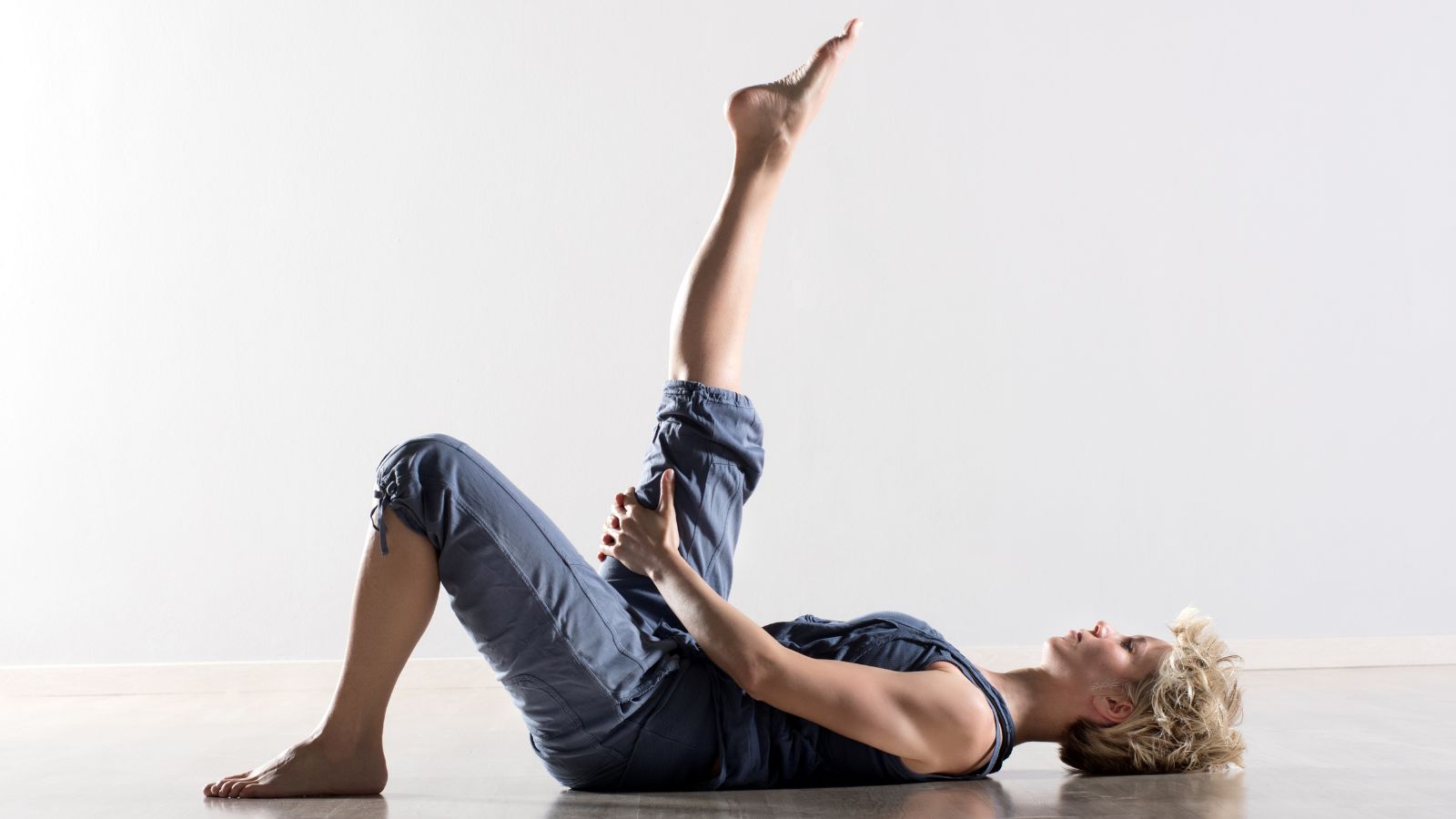From athlete to athletic trainer: Jeremiah Mauch's journey to caring for athletes

Posted: May 5, 2025
There are certain moments in life that become the spark for future choices. For Jeremiah Mauch, one of those moments happened during a high school track and field competition.
“I ended up breaking and dislocating my ankle,” Mauch said. “There was nobody there to help me. I laid on the field for about 45 minutes waiting for the ambulance.”
Now Mauch is an athletic trainer for Sanford Sports.
“I went through physical therapy, and I thought being a physical therapist would be pretty cool. Then when I got to college, I decided I’d like to stick to sports and work with athletes,” he said.
Prior to becoming an athletic trainer, Mauch was a multi-sport athlete in high school and played college baseball at Mount Marty University.
“The coach recruited my older brother, and he took a chance on me,” Mauch said.
During college, he played junior varsity for the first two years and worked hard to turn himself into a starter during his junior year.
“I practiced and hit the gym as hard as I could,” Mauch said. “I didn’t want to be done playing.”
After college, Mauch’s hard work landed him a spot on the Lake Country DockHounds baseball team in Oconomowoc, Wisconsin.
“I ended up getting a pro ball contract which was the coolest thing I’ve ever done,” Mauch said. “It was an awesome experience. The first batter I ever faced was Hector Sanchez, who was Buster Posey’s backup catcher. He had three World Series rings. It was really intimidating.”
Advice for younger athletes
Mauch’s path to becoming an athletic trainer gives him unique insights into the needs of athletes. When he was an athlete himself, he knew the importance of weightlifting and practicing. When he started working closely with athletic trainers, he quickly discovered the importance of recovery, something he overlooked during his playing days.
“A lot of young athletes are starting to lean toward specializing in one sport, so they use the same muscle groups constantly, which leads to overuse,” Mauch said.
Recovery steps include stretching, nutrition, staying hydrated and sleep.
If he could go back in time, Mauch would have taken sleep more seriously, instead of often staying up late.
“Sleep is a big thing for recovery,” Mauch said. “Athletes should also stay on top of mobility and recovery exercises like J-Band routines and weighted ball drills. Those are some simple things they can do.”
According to Mauch, the quality of a warmup routine is crucial, too.
“Dynamic warmups, such as jumping jacks and high knees are good,” Mauch said. “You’ve got to get the blood flowing and listen to your body. Some days you may have to do a longer warmup.”
More playing, more recovery
Youth sports are growing, and young athletes are in more games than ever. Sanford Sports Academy athletes play up to 50 games a season.
That’s a lot of mileage for young athletes so parents play a pivotal role in helping their kids guard against overuse injuries.
“I think it’s all about listening to your kid if they say something is really bothering them, get it checked out by an athletic trainer or other qualified medical professional.,” Mauch said. “If the issue isn’t addressed, it’s eventually going to evolve into something worse. Helping them stay on top of their recovery and sleep is important.”
Athletic trainers like Mauch help keep athletes safe during competition at Sanford Sports events. Learn more about the athletic trainers that provide quality care for youth athletes.




